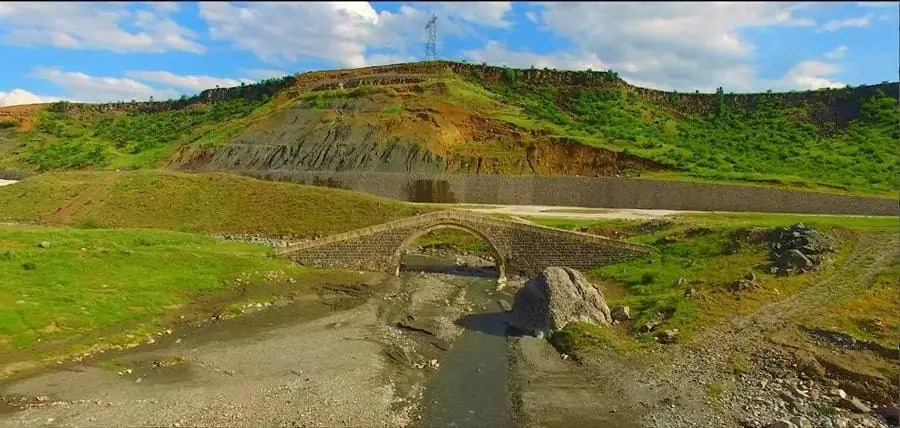The Tigris (Dicle) river divides the charming province of Siirt from Mardin, which is situated 224 kilometers (140 miles) northeast of Siirt in Southeast Anatolia. This area was a significant hub throughout the Abbasid Caliphate era and was formerly ruled by the Persians, Romans, and Byzantines.

Numerous civilizations that flourished along the Botan stream settled there. The Hurri and Subarru are the indigenous people that first came to the region in 3000 BC. In the 7th century BC, it saw the dominance of the Assyrian and Med, and subsequently, the Persian, Seleukos, Roman, Byzantine, and Iranian empires. In 1514, the Ottoman Empire conquered it, setting the stage for conflicts between the Mongolians, Eyyubi, Artuklu, and Karakoyunlu.
The word “Keert,” which in the Keldani language meant “city,” is thought to be the source of the name Siirt. As remnants of Islamic civilization, the tombs of Ismail Hakki and Veysel Karani serve as a historical and cultural link between the past and the present.
The Seljuk ruler Mugiziddun Mahmut constructed the Grand (Ulu) Mosque in 1129. In 1260, Cizre Governor El Mucahit Ishak added a few additions to the old building. The General Directorate of Foundations repaired the mosque in 1965. Its walnut wood pulpit, one of the best examples of Seljuk woodworking, is on display in the Ethnographic Museum in Ankara.
The mosque features a single balcony minaret that is adorned with China work in turquoise. These creations, however, are not weather-resistant. There are smaller domes all around the larger central dome.
♦ 10 Days Turkey Tour – Multi City
Billoris Springs is located on the Siirt-Eruh route. Its pool of 35 degrees Celsius is created by the hot water that seeps in from a cave on Botan Brook. This water is not edible due to the sulfurous hydrogen and calcium bicarbonate, but it is useful in treating rheumatism and some skin conditions.

